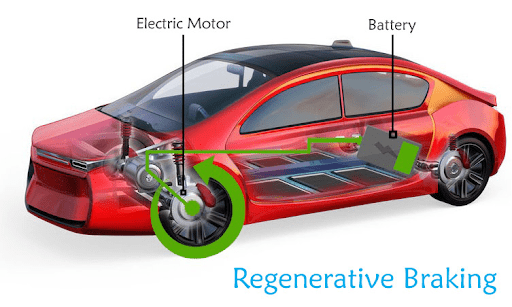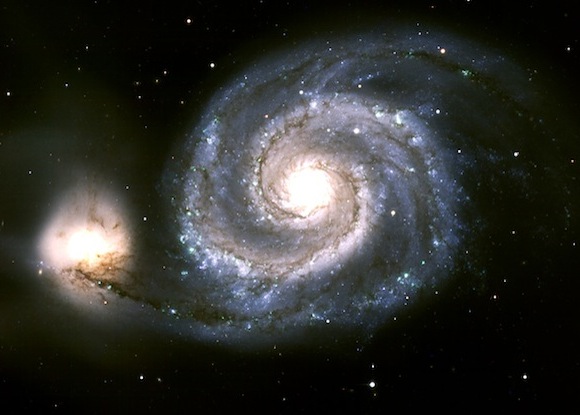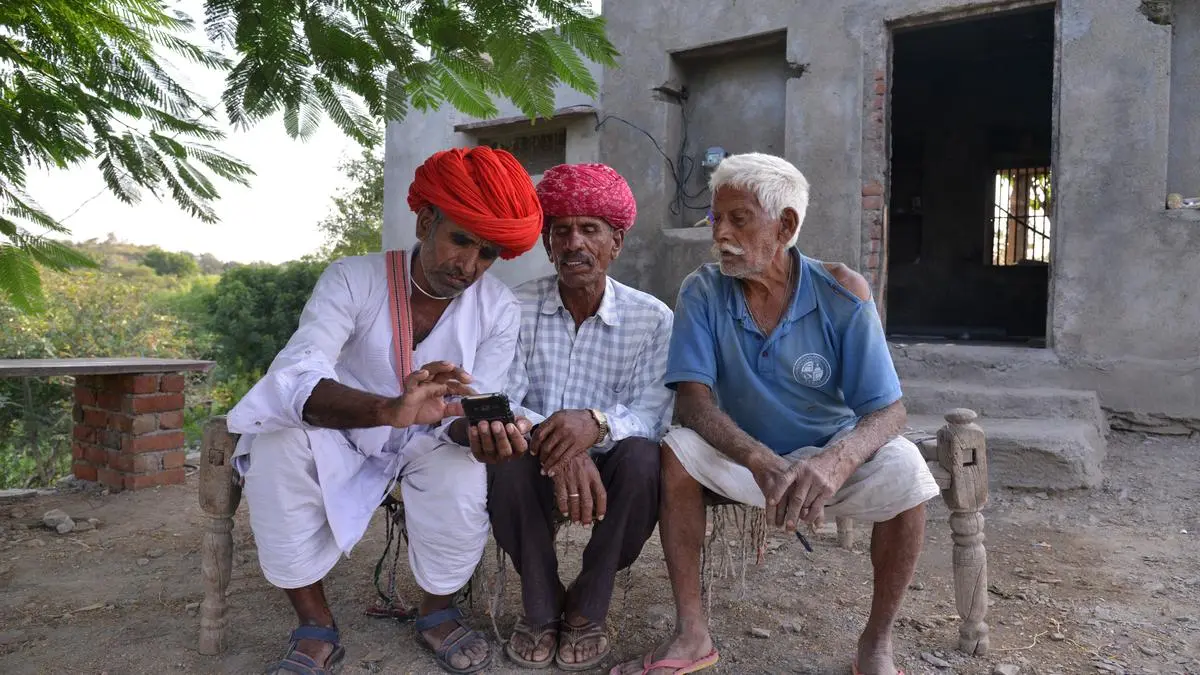The Hindu: Page 06
Syllabus: GS 2& 3: Governance & Science and Technology
The Customs Department’s diamond import policies are impacting India’s ₹6,000-crore National Quantum Mission, which relies on lab-grown diamonds with specific defects for quantum technology research.
- India’s diamond industry lacks the capability to produce these defect-specific diamonds.
- The 2023 Union Budget announced a scheme for lab-grown diamond R&D, but India’s diamond industry is new to manufacturing these defect-specific diamonds.

Qubits
- A qubit, or quantum bit, is the basic unit of quantum information in quantum computing.
- Unlike classical bits, which can be either 0 or 1, a qubit can exist simultaneously in multiple states (superposition) and can be entangled with other qubits, enabling complex computations beyond classical capabilities.
Quantum Technology
- It is a class of technology (developed in the early 20th century) that works by using the principles of quantum mechanics - the physics of subatomic particles, including quantum entanglement and quantum superposition.
- Hence, it is based on phenomena exhibited by microscopic particles (like photons, electrons, atoms, etc) which are quite distinct from the way normal macroscopic objects behave.
- As behavior of these microscopic particles can’t be described by Classical Physics (based on Newtonian Mechanics), consequently Quantum Mechanics came into picture.
Quantum Technology and India:
- Professor Satyendra Nath Bose, Sir Chandrasekhara Venkata Raman and Professor Meghnad Saha are some stalwart Indian scientists that have contributed in the field of quantum technology.
- India is currently at the forefront of tapping the second quantum revolution through massive investments in the field.
- Quantum technologies & applications is one of the 9 missions of national importance, being driven by the Prime Minister’s Science and Technology Innovation Advisory Council (PM-STIAC) through the Principal Scientific Advisor’s office.
- In order to leverage cutting edge scientific research for India’s sustainable development, the areas of focus would be around 4 verticals -
- Quantum Computing and Simulations,
- Quantum Materials and Devices,
- Quantum Communications and
- Quantum Sensor and Metrology.
- To address the above 4 verticals, the Union Budget 2020-21 proposed to spend ₹8,000 crore on the newly launched National Mission on Quantum Technologies and Applications (NMQTA) and ₹ 3660 Crore for National Mission on Interdisciplinary Cyber Physical Systems (NM-ICPS).
National Quantum Mission (NQM)
- NQM will be led by the Department of Science and Technology (DST) for strengthening India’s R&D in the quantum arena.
- It will target developing intermediate scale quantum computers with 50-1000 physical qubits in eight years in various platforms like superconducting and photonic technology.
Objectives of the mission:
- Satellite based secure quantum communications over a range of 2000 km within India and with other countries.
- Develop magnetometers with high sensitivity in atomic systems and Atomic Clocks for precision timing, communications and navigation.
- It will also support design and synthesis of quantum materials such as superconductors, novel semiconductor structures and topological materials for fabrication of quantum devices.
- Four ‘Thematic Hubs’ (T-Hubs) will be set up in top academic and national R&D institutes in the domains of quantum computing, communication, sensing and metrology.
The hubs will focus on generation of new knowledge through basic and applied research as well as promote R&D.
- The Mission will have wide-scale applications ranging from healthcare and diagnostics, defence, energy and data security.
What are Lab-Grown Diamonds?
Lab-grown diamonds, also known as synthetic or man-made diamonds, are diamonds that are created in a controlled laboratory environment rather than being formed naturally over millions of years within the Earth's crust. They have the same physical, chemical, and optical properties as natural diamonds, making them virtually indistinguishable from mined diamonds. The main difference lies in their origin and production methods.
Production Techniques of Lab-Grown Diamonds
There are two primary methods used to produce lab-grown diamonds:
High Pressure High Temperature (HPHT) Method:
- Process: In the HPHT method, a small diamond seed is placed in a carbon source, such as graphite, and exposed to extremely high pressure (approximately 5-6 GPa) and temperatures (up to 1500°C).
- Working: These conditions mimic the natural formation of diamonds within the Earth’s mantle. The carbon atoms from the graphite deposit onto the diamond seed, causing it to grow over time.
- Outcome: This method typically results in diamonds that may have a yellowish tint due to the presence of nitrogen impurities.
Chemical Vapor Deposition (CVD) Method:
- Process: In the CVD process, a diamond seed is placed inside a vacuum chamber filled with a mixture of carbon-rich gases (e.g., methane) and hydrogen.
- Working: The gases are ionized using microwaves or lasers, causing carbon atoms to separate and deposit onto the diamond seed, gradually forming a diamond layer by layer.
- Outcome: CVD diamonds are generally purer and more colorless compared to HPHT diamonds and have fewer inclusions.
Differences Between HPHT and CVD
- Color: CVD diamonds are typically more colorless, while HPHT diamonds may have a slight yellow tint due to nitrogen impurities.
- Production Time: HPHT is faster than CVD in producing large diamonds.
- Purity: CVD diamonds tend to have higher purity levels and fewer inclusions.
Government of India Scheme for Lab-Grown Diamonds
In the Union Budget 2023-24, the Government of India announced significant measures to support the lab-grown diamond (LGD) sector:
- Research Grant for IIT Madras: A grant of ₹242 crore has been approved for IIT Madras over a period of five years to drive research and indigenize the manufacturing process of lab-grown diamonds. The focus is to reduce dependency on imported equipment and technology, particularly for the High Pressure High Temperature (HPHT) method and the Chemical Vapor Deposition (CVD) process used to create LGDs.
- Reduction in Duty on Lab-Grown Diamond Seeds: The import duty on lab-grown diamond seeds has been reduced from 5% to 0% to lower production costs and make India more competitive in the global market.
- Creation of a Dedicated HS Code: A separate Harmonized System (HS) Code has been created for lab-grown diamonds, enabling better tracking and management of international trade in this sector
PYQ UPSC Prelims : (2022)
Ques. Which one of the following is the context in which the term "qubit" is mentioned?
a) Cloud Services
b) Quantum Computing
c) Visible Light Communication Technologies
d) Wireless Communication Technologies
Ans: (b)











